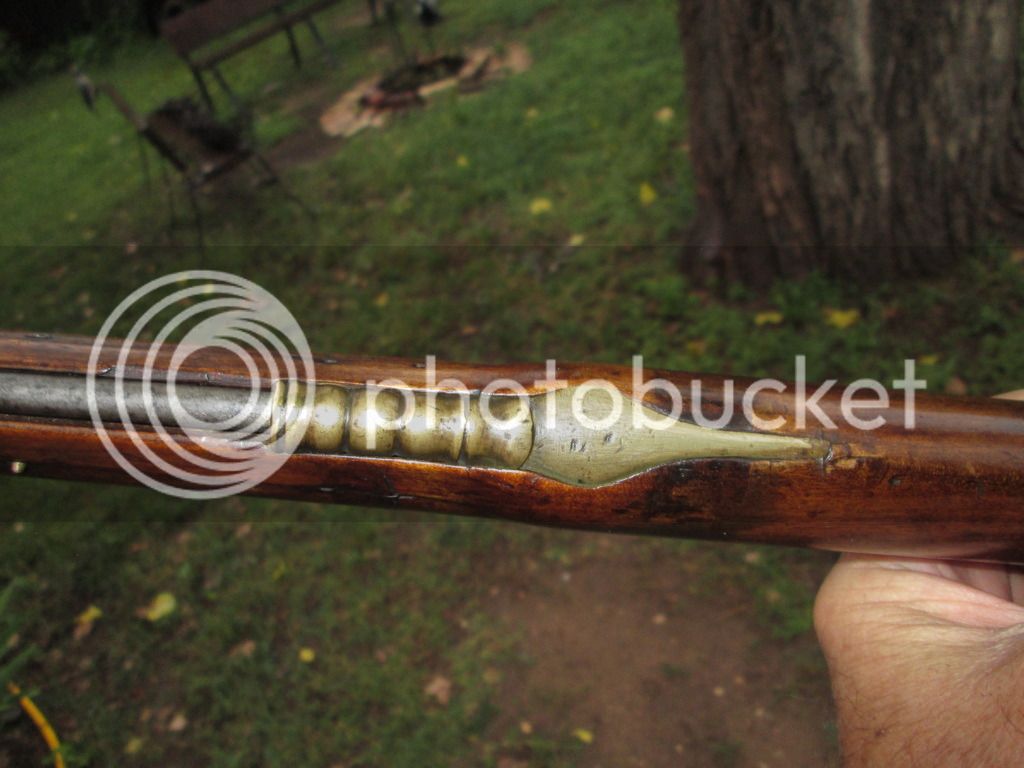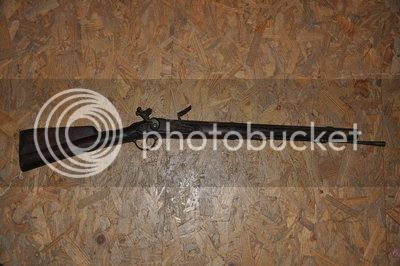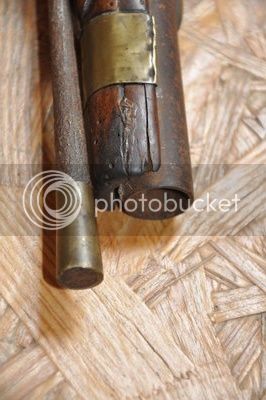Had a brain storm since the last post and managed to find Vol.2 of Liliane and Fred Funcken's "Arms and Uniforms: The Lace Wars, Part 2"...the title is the generally accepted current term for the elegant uniforms of the early to mid 18th century. I trust Funcken's info and illustrations more than some others, for they based their work on Knotel, who was the master of the period and known for his correctness. The section of Frederick's troops lists 11 regiments of Hussars, the first appearing in 1721 in Prussian service. I don't see evidence of any regimental numbers or Colonel's markings, which is more typical of Prussian firearms. German firearms were more likely to have such markings on butt plate combs or the side plates...though this is no guarantee. There is only one illustration of a Hussar armed with a carbine but the details are sketchy at best. The section on weapons does note the following.
"The sword with a plain iron guard replaced one with a coppper guard which had been in use before 1740. Around 1787 the eighteen-inch flintlock pistol gave way to a more modern type with a conical touch-hole and iron ramrod. The hussar's arsenal was completed by a carbine, of variable length and style.
"The ten 'carabineers' attached to each squadron were equipped with a special rifled gun, with iron ramrod, longer than the normal hussar carbine but also more powerful and accurate.
"Frederick William II, who ruled Prussia from 1786 until 1797, increased the carabineer section from ten men to twelve and armed them with a new rifled carbine only thirty inches long."
If you can find any type of regimental markings, I may be able to help identify the actual Hussar regiment to which it was issued. Seem to be a rather colorful group with regimental nicknames of like "die Schafe": the sheep; "Fleischhacke": the butchers; "Totenkopfe": death's head; "Kanariennvogel": canaries; or the "ganze Tod"; the 8th had black like the 5th but had full skeleton stitching instead of just skulls, so were named 'total death'...logical by German standards! :wink: The 9th was a Bosniak regiment dressed in eastern style and represented thd Turcophilia rampant in European militaries at the time. Hope this helps a little.
















